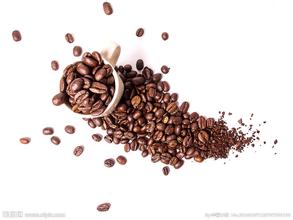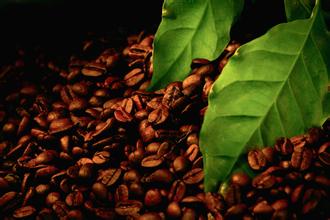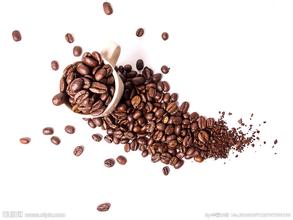Introduction to Colombian coffee bean producing area, manor, flavor, characteristics and taste
The most famous of these is the Medellin of the Central Mountains, which has a heavy texture, rich aroma and a beautifully balanced acidity. Amania and Manizares are not so good, but these three kinds are considered to be the same type of beans in the market and are called "MAM". If you buy a bag of MAM, it means that the bag may be any of these three beans, it has a similar texture and flavor to Medeline, but not as sour; as for Bukara, it has a Sumatra characteristic, thick texture, rich taste and weak acidity. According to particle size classification, the highest Colombia beans are called "Supremo" and the next highest is called "Extra", but in the market these two grades are often referred to as the same grade, called "Excelso".
The best Colombia bean is similar to Costa Rica or Hawaiian conna, a coffee without extremes, rich in texture but not as strong as Sumatra, rich in aroma but not as good as the best Jamaica alpine aroma, and sour in flavor but not as strong as Antigua. It often has a caramel-like sweetness, a pudding-like aroma, and a lack of sour fruit, reminiscent of milk pancakes; it is also suitable for mixed coffee. Since the 1970s, many of the older trees have been replaced by higher-yielding new species, which critics consider to be milder and less refined than the older ones.[Colombia Coffee]
It is the second largest coffee producer in the world, accounting for about 12% of the world's annual production, although much lower than the 30% to 35% of Brazil, most of which are high-quality washed beans. Central Colombia is divided into several valleys by three north-south vertical mountains, of which the central and eastern mountains are the main producing areas of coffee. The coffee is named after the market where it is distributed. Medellin, Armenia and Manizales are produced in the Central Mountains, while Bogota and Bucaramanga are more famous in the Eastern Mountains.

Important Notice :
前街咖啡 FrontStreet Coffee has moved to new addredd:
FrontStreet Coffee Address: 315,Donghua East Road,GuangZhou
Tel:020 38364473
- Prev

Bolivian coffee producing place
This is a lively, bright and energetic coffee. Dry aroma is an unusual nutty aroma, somewhat similar to peanut butter. The wet aroma has aromas of vanilla and flowers. The palate is delicate, with apple sweetness and flavors of chocolate and vanilla. Dry aroma (1-5): 3.6 wet aroma (1-5): 3.7 acidity (brightness) (1-10): 8.8 taste (layering)
- Next

Introduction, Origin and characteristics of Fine Coffee beans
The best way to harvest high-quality coffee beans is to harvest them manually. That is, only mature coffee fruits are picked to prevent coffee fruits with inconsistent maturity from being picked at the same time. Because those unripe and overripe fruits will affect the balance and stability of coffee taste, boutique coffee needs to be picked frequently and carefully during harvest. Refined coffee beans with water treatment
Related
- Does Rose Summer choose Blue, Green or Red? Detailed explanation of Rose Summer Coffee plots and Classification in Panamanian Jade Manor
- What is the difference between the origin, producing area, processing plant, cooperative and manor of coffee beans?
- How fine does the espresso powder fit? how to grind the espresso?
- Sca coffee roasting degree color card coffee roasting degree 8 roasting color values what do you mean?
- The practice of lattes: how to make lattes at home
- Introduction to Indonesian Fine Coffee beans-- Java Coffee producing area of Indonesian Arabica Coffee
- How much will the flavor of light and medium roasted rose summer be expressed? What baking level is rose summer suitable for?
- Introduction to the characteristics of washing, sun-drying or wet-planing coffee commonly used in Mantenin, Indonesia
- Price characteristics of Arabica Coffee Bean Starbucks introduction to Manning Coffee Bean Taste producing area Variety Manor
- What is the authentic Yega flavor? What are the flavor characteristics of the really excellent Yejasuffi coffee beans?

